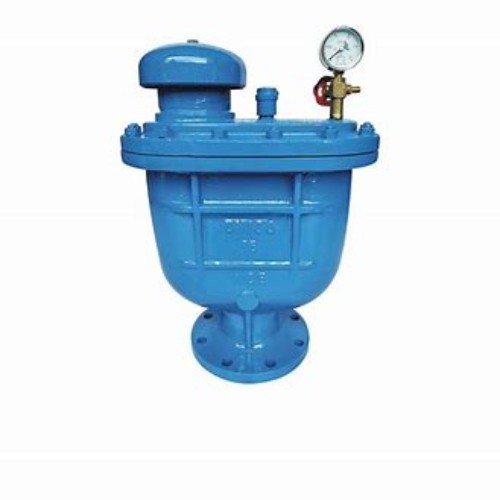flange coupling types
Understanding Flange Coupling Types A Comprehensive Overview
Flange couplings are essential components in mechanical engineering, providing a reliable means to connect two shafts for power transmission. These versatile devices are widely used in various applications, ranging from industrial machinery to automotive systems. In this article, we will explore the different types of flange couplings, their applications, and their advantages.
1. Rigid Flange Couplings
Rigid flange couplings are the most basic type of flange coupling. They are designed to transmit torque without accommodating any misalignment between the shafts. Their construction typically consists of two flanges that are bolted together, creating a strong and secure connection. These couplings are ideal for applications where alignment is precise and consistent, such as in vertical pumping systems, where any deviation can lead to significant problems. However, rigid flange couplings can generate stress in the shafts if there is any misalignment, which can lead to premature wear or failure.
In contrast to rigid flange couplings, flexible flange couplings can accommodate some degree of misalignment due to their construction. They often incorporate rubber or polymer elements that allow for flexibility while transmitting torque. This feature makes them suitable for applications where minor shaft misalignments may occur, such as in heavy machinery or automotive systems. Flexible couplings help reduce vibration and shock loads, leading to improved performance and longevity of the connected components.
3. Gear Couplings
flange coupling types

Gear couplings are a specific type of flexible flange coupling featuring gear teeth that engage with each other. They provide excellent torque transmission capabilities while allowing for angular, axial, and lateral misalignment. Gear couplings are commonly used in heavy-duty applications, such as in industrial machinery and power transmission systems, where high torque and ruggedness are required. Their robust design ensures minimal wear and long service life, making them a preferred choice for demanding environments.
4. Chain Couplings
Chain couplings utilize chains and sprockets to connect two shafts. They offer a unique solution for applications needing torque transmission over longer distances with some level of misalignment. Chain couplings can tolerate significant axial and radial misalignment, making them suitable for applications such as conveyors and agricultural machinery. Their simple design and ease of maintenance add to their appeal, although they may require more regular inspection than other coupling types.
5. Disc Couplings
Disc couplings are made with several thin, flexible discs that allow for angular misalignment between shafts. This type of coupling is known for its ability to transmit torque while also accommodating slight deviations. They are particularly useful in high-speed applications and where space constraints exist. Disc couplings can handle high temperatures and offer zero backlash, making them ideal for precision machinery.
Conclusion
Flange couplings are invaluable in precise torque transmission across various engineering applications. Choosing the right type—whether rigid, flexible, gear, chain, or disc—depends on specific operational needs, including alignment, torque requirements, and environmental conditions. By understanding the characteristics and advantages of each type, engineers can make informed decisions that enhance performance, increase efficiency, and ensure the longevity of machinery.
-
The Versatility of Ball Valves in Fluid Control SystemsNewsJun.10,2025
-
The Practical Benefits of Centerline Butterfly ValvesNewsJun.10,2025
-
The Benefits of Bellows Seal Globe Valves for Industrial SystemsNewsJun.10,2025
-
The Advantages of Offset Butterfly ValvesNewsJun.10,2025
-
Ductile Gate Valves: Strong, Reliable, and Essential for Every SystemNewsJun.10,2025
-
Cast Iron Gate Valves: A Reliable Solution for Every SystemNewsJun.10,2025
-
Why Choose a Brass Gate Valve for Superior Performance and DurabilityNewsMay.09,2025




